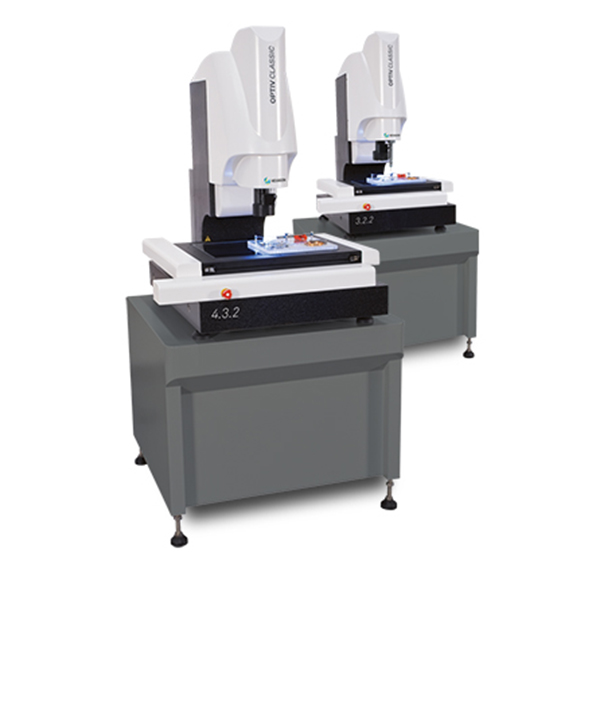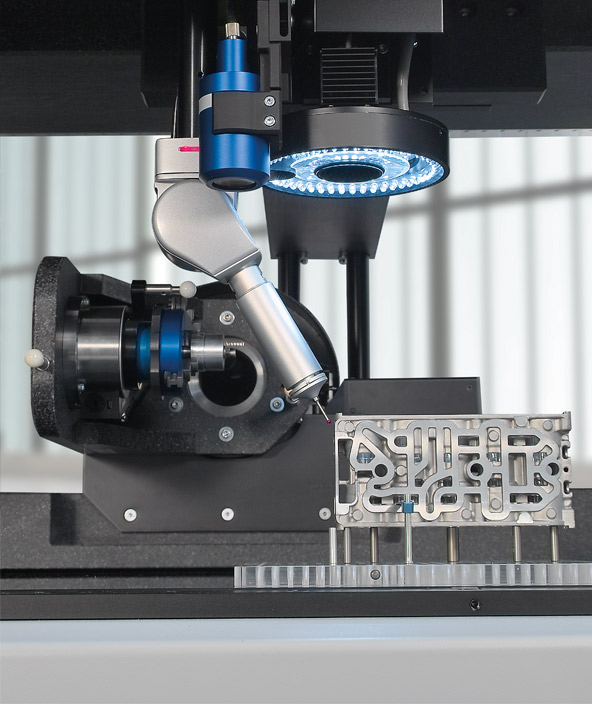Quality assurance of components for electric motors
Optical measurement of rotor and stator laminations.
Would you like to know more?
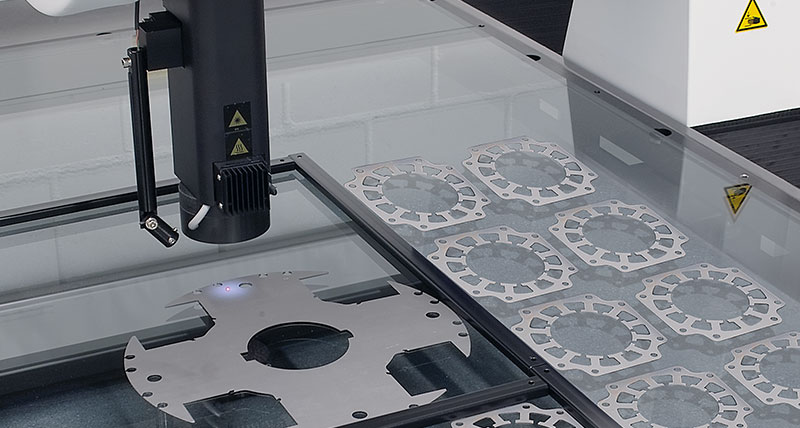
The requirements for powertrain components are forever evolving thanks in part to the fast progression of electro-mobility applications. In many applications it is important to optimise the electric motor in terms of efficiency, quality and costs. New motor concepts are required, and the rotor lamination stacks composed of individual electrical steel laminations are of particular importance, because they have a decisive influence on the achievable efficiency of an electric motor.
Parts produced by these new approaches in manufacturing method, for example segmented lamination stacks that are subsequently assembled into a full stator or rotor, require optical production measurement technology, which meets the challenging metrology requirements.
Application requirements
When manufacturing the individual lamination sheets, specified tolerances must be maintained in a reproducible manner to ensure optimum bonding to a lamination stack with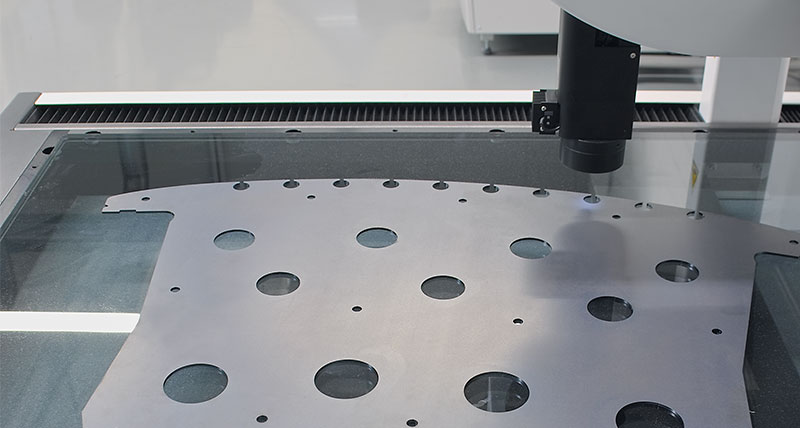 the required electrical, magnetic and mechanical properties. The position and orientation of a lamination sheet within the working volume can be defined either manually or automatically using a dedicated software feature such as PC-DMIS BestFit alignment. Dimensional, form and positional tolerances of features such as holes in lamination sheets can be measured optically. Inspection and evaluation of the laminations comprises profile measurements on their outer contour with the PC-DMIS contour scanning mode ‘Auto Profile 2D’, a process which can be repeated in a loop for palletised parts.
the required electrical, magnetic and mechanical properties. The position and orientation of a lamination sheet within the working volume can be defined either manually or automatically using a dedicated software feature such as PC-DMIS BestFit alignment. Dimensional, form and positional tolerances of features such as holes in lamination sheets can be measured optically. Inspection and evaluation of the laminations comprises profile measurements on their outer contour with the PC-DMIS contour scanning mode ‘Auto Profile 2D’, a process which can be repeated in a loop for palletised parts.
Choosing the right solution
A machine which can handle as many parts as possible within one automated cycle would provide substantial time-saving benefits. Practice-orientated coordinate measuring machines (CMMs) with a large measurement base such as the Optiv Classic 8102 and Optiv Classic 12152 CMMs from Hexagon Manufacturing Intelligence are an ideal solution. Built to conduct fast, automated 2D inspection of large or palletised parts such as lamination batches close to production, they reduce the downtime between pallet exchange, resulting in an increased overall inspection performance.
Having the right software to perform palletised measurement tasks is paramount to achieving high throughput with accurate and reliable results. Software with dedicated dimension and tolerance data extraction features, like PC-DMIS CAD, interact with CAD data automatically extracted from the imported drawing during the creation of a measuring sequence. This minimises the possibility of input and interpretation errors and streamlines the measurement process. Measurement points of lamination contours are captured using the optical sensor in scanning mode and compared with the 2D CAD data previously collected to evaluate form and position characteristics. For optimum fitting of the measured to the nominal CAD data, PC-DMIS CAD provides powerful BestFit routines. Results are documented in inspection protocols and transferred to a connected computer-aided quality (CAQ) system for further evaluation.
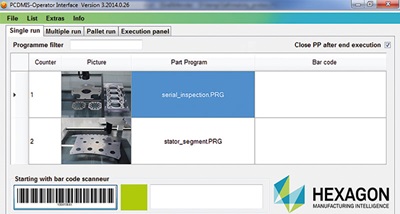 The optional PC-DMIS Operator Interface (OI) completes the system solution for the close-to-production quality inspection. The software module enables the operator to start predefined measuring routines in single, multiple or pallet-run mode with a mouse click or barcode reader. User guidance for correct clamping is displayed as an image representation of the part or the pallet on the measuring table with the option to remove empty clamping spaces on a pallet-run at the click of a mouse. Dimensional accuracies of the measured parts are displayed with simple good-bad symbolism at the end of the cycle.
The optional PC-DMIS Operator Interface (OI) completes the system solution for the close-to-production quality inspection. The software module enables the operator to start predefined measuring routines in single, multiple or pallet-run mode with a mouse click or barcode reader. User guidance for correct clamping is displayed as an image representation of the part or the pallet on the measuring table with the option to remove empty clamping spaces on a pallet-run at the click of a mouse. Dimensional accuracies of the measured parts are displayed with simple good-bad symbolism at the end of the cycle.
The Optiv Classic 8102 and Optiv Classic 12152 coordinate measuring machines provide the ideal base to improve the efficiency of large or palletised optical lamination inspection. The broad measurement area is easy to access manually or by robot, allowing for optional automated pallet loading, further improving throughput. Perfectly suited for use with PC-DMIS CAD and PC-DMIS OI, these CMMs enable users to accurately and efficiently inspect large numbers of palletised prismatic parts in a single measurement cycle, increasing inspection performance whilst reducing the risk of human error.
